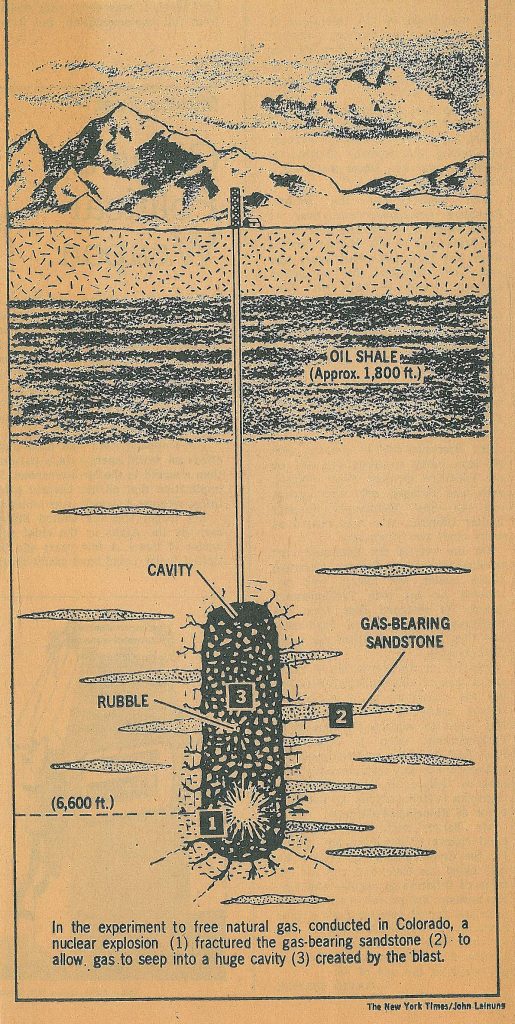
The original action to enjoin Project Rulison brought by the American Civil Liberties Union (ACLU), was summarily dismissed by the District Court. Following that dismissal, a second action was brought by Yannacone and the Lamm brothers on behalf of the Colorado Open Spaces Coordinating Council (COSCC). Although the court refused to enjoin the nuclear blast, a preliminary restraining order was entered prohibiting the release of the radioactive gases trapped underground following the blast. The ACLU action was then revived and consolidated with the COSCC action. Ultimately, however, the district court allowed the release of some of the gas for test purposes. Crowther v. Seaborg, Civil No. C-1712 (D. Colo., March 16, 1970).
The COSCC lawsuit was started with an Order to Show Cause filed only a few days before the underground nuclear blast was scheduled to go off. After a contentious hearing, federal District Court Judge Arraj issued a temporary restraining order permitting the underground detonation which was not expected to have any long term environmental consequences but prohibiting the Atomic Energy Commission (AEC) and Austral Oil from flaring the radioactive (tritiated) natural gas from the well into the atmosphere and contaminating the Denver Regional airshed and milkshed with tritium.
The Rulison litigation was the first time the AEC had ever faced a federal court. Up until Yannacone added the Atomic Energy Commission “as its interest may appear,” the AEC was considered immune from suit in the federal courts. When served with the notice of an application for a temporary restraining order, the AEC appeared by the U.S. Attorney to support Project Rulison, a component of its ambitious Project Plowshare and its contractors Austral Oil and CER Geonuclear, thereby waiving whatever sovereign immunity it might have had.
The Plaintiffs based their case on the environmental systems science testimony of Professor Orie Loucks
